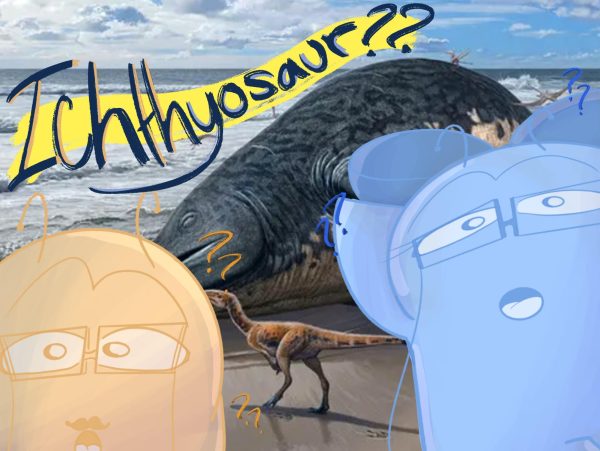Japanese Tapeworms Found in Salmon Caught in U.S.
January 20, 2017
The Centers for Disease Control recently posted an article in its Emerging Infectious Disease journal, stating that Diphyllobothrium nihonkaiense, also called the Japanese tapeworm, has been found in wild pink salmon from Alaska. Diphyllobothrium nihonkaiense primarily infects fish but can live within humans and other mammals as well. According to the CDC, tapeworms can grow up to 30 feet long and because of this, it would be a nightmare to deal with them.
But if there’s any good news, it’s that all those sushi lovers out there don’t have to give up salmon sashimi; thanks to FDA standards, all raw fish served and sold is frozen in order to kill parasites like Diphyllobothrium nihonkaiense. However, that may not be enough. Because salmon is often packed and transported on ice (but not frozen), the tapeworm’s larvae may be able to survive the trip, possibly infecting consumers in Europe, New Zealand, China, and other parts of the US.
Researchers and health officials are finding ways to handle this situation. However, if you have no desire to have any risk of catching Diphyllobothrium nihonkaiense, then avoid raw salmon. But if you want to enjoy salmon sashimi, then make sure you take care of yourselves.












